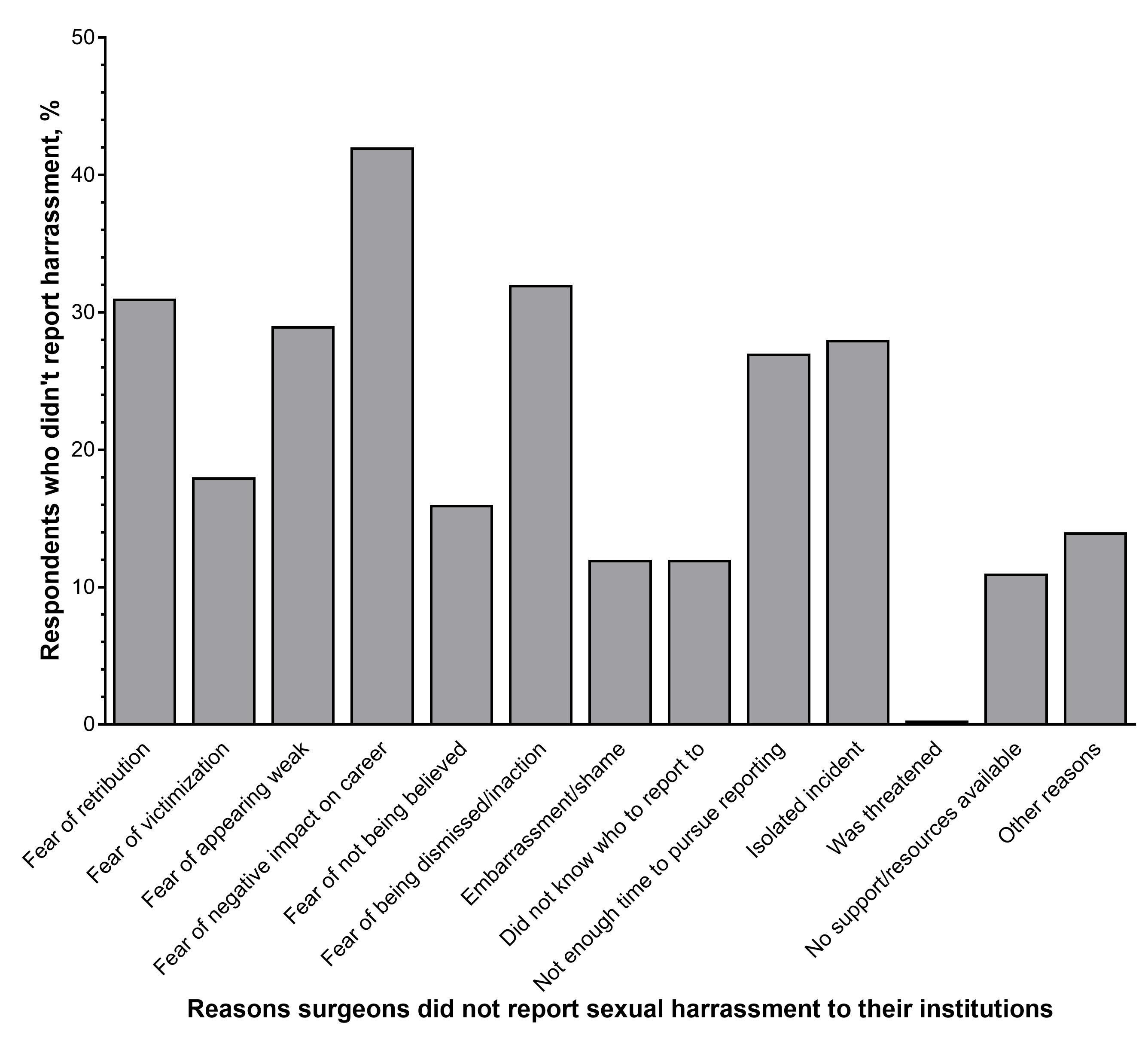C. Hutchinson1, M. K. Bryant1, S. Scarlet1, R. Maine1, E. B. Dreesen1 1University of North Carolina at Chapel Hill,Surgery,Chapel Hill, NC, USA
Introduction: There are over two million incarcerated people in America. Incarceration is strongly tied to poor health outcomes and contributes to health disparities. Medical and mental illness are more common among the incarcerated than the general population. The need for primary, psychiatry, and infectious disease care in this population has been well described. However, little is known regarding the surgical needs of incarcerated people. In this study, we characterized surgical care provided to incarcerated people at a large academic medical center in North Carolina.
Methods: We conducted a retrospective case series. All incarcerated patients who received surgical care between April 4, 2014 and March 31, 2018 were identified in billing records based on payer. Basic demographic information (age, sex, correctional facility), primary diagnosis, surgical division, operation(s) performed, length of stay (LOS), charges, and amounts paid were obtained.
Results: A total of 1,725 incarcerated patients were cared for during the study period. Mean patient age was 46.5 years (SD 13.6, range 16-88). The majority of patients were men (n=1265, 73%). Location of incarceration was available for 81% of patients. Seventy-one correctional facilities across North Carolina (40%) were represented. A total 8,568 charges and 1,553 procedures were identified. The average number of charges per patient was 5.0 (SD 9.8, range 1-211). Every division in the Department of Surgery cared for an incarcerated person during the study period, including Pediatric Surgery. The division most likely to care for incarcerated patients was Vascular Surgery (n=2268 charges, 30%), followed by Gastrointestinal Surgery (n= 1636 charges, 22%), and Surgical Oncology (n=1293 charges, 17%). Emergency room visits represented 11.6% of the charges (n=992), and 620 patients (35.9%) had at least one ER visit. The division that billed for the most operative/procedural charges was Vascular Surgery (n=458, 29%), followed by GI Surgery (n= 319, 21%), and Surgical Oncology (n=222, 14%). A wide range of operative procedures were performed across the Department with the top five procedures billed representing only 11.7% of the total number of procedures. Of these, the most common procedure performed was wound debridement (n=64, 4%), followed by vascular access procedures (n=33, 2%), lysis of adhesions (n=29, 1.9%) and robotic surgery (n=29, 1.9%). The sum total of charges filed was $4,035,981.73. The amount paid by the Department of Corrections (DOC) was $2,594,533.51 (64% of the total charges filed).
Conclusion: Incarcerated patients sought care for a wide variety of operations and procedures. Incarcerated patients presented to our hospital from correctional facilities across the state. Elective procedures related to chronic conditions were more common than emergent procedures. The procedures performed were reflective of the aging prison population. The DOC offers comparable reimbursement rates at > 60% of charges billed.








